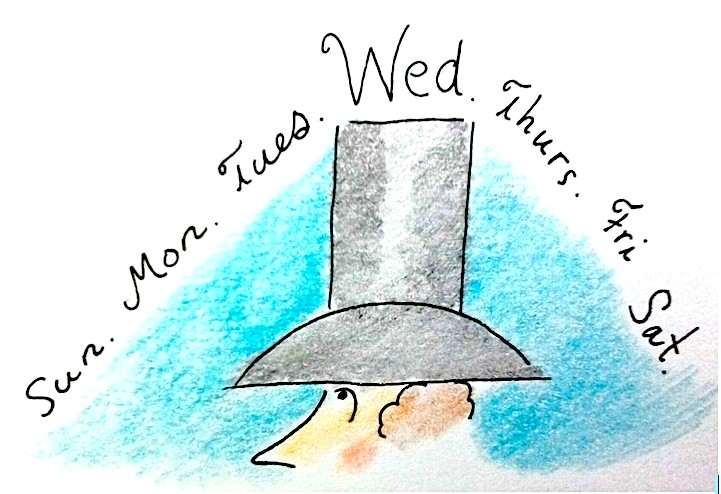Personal History: The Time Edward Sorel Burst My Alan Dunn Original Cartoon Bubble
I’ve known Edward Sorel a long time — about forty-five years, give or take a few months. On one of his visits — this one would’ve been about twenty or more years ago — he took a self conducted tour of the cartoon art hanging on the walls. I enjoyed watching him as he leaned in to see details. If he had something to say about each piece, he kept it to himself. That is, until he stepped up to an Alan Dunn piece I’d recently purchased. I’d found it on Ebay — probably spent a little more for it than I wanted to, but as Dunn originals were scarce, I considered it money well spent (folks, we’re talking maybe $80.00. Around that time, I was finding original New Yorker art for as little as $9.99).
This is the piece Ed saw that day:
and here’s what it looked like published in The New Yorker August 19, 1939:
The piece Ed studied had, as you see, areas of color. This is not unusual for “original” art later published in b&w. The handwritten caption is carefully executed. The barely legible notation just to the right of the caption reads “Alan Dunn in The New Yorker.” That should’ve been a tip-off to me when the piece first arrived in the mail, but I either chose to ignore it, or let myself believe that Mr. Dunn would refer to himself in that way on his own drawing.
Getting back to Ed Sorel: he studied the Dunn drawing for quite a while. As he finally drew back and stood up straight, he said, “What you have is a print.” And you know: he was right. It was a print that someone had added color to, and even beefed up a few of the ink lines with what looks like a grease pencil. But underneath the color, and the grease pencil was, now that Ed mentioned it, a kind of crude machine copy (in other words: not as sophisticated a copy as we would see today using a contemporary copy machine). The blurry lines, which I had originally seen as Dunn’s “technique” were blurry because of the copier’s limits.
I decided not to return the piece. Although I was disappointed it was a copy, it seemed odd enough to keep, both as an amusing lesson to myself, and as a reminder of the time Ed Sorel burst my Alan Dunn cartoon original bubble.
Years later, I bought another drawing by Alan Dunn. This one came with a letter from Dunn to the recipient of the drawing (nothing better than that seal of authenticity!). Comparing this later Dunn to the copy, Dunn’s ink lines and shadings are crisp. There’s not a blur in sight.



